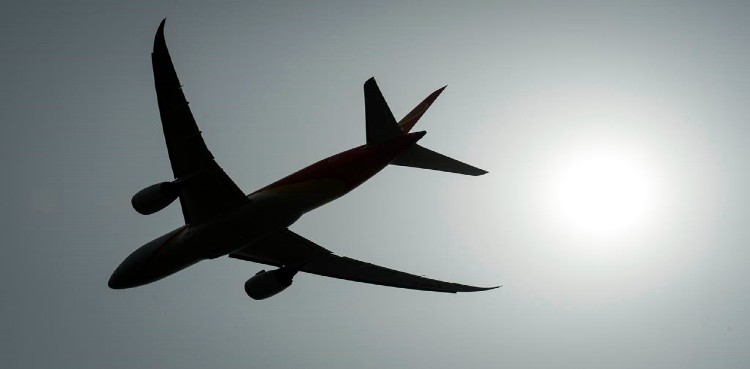The Pakistani rupee fell sharply against the dollar on Wednesday, with analysts citing a host of reasons, including import pressure, for the decline as the country faces an uphill task on the economic front.
The local currency fell Rs3.26 or 1.16% against the dollar in the interbank market to close at 280.29, according to the State Bank of Pakistan (SBP), down from yesterday’s rate of 277.03 — the second consecutive decline.
Today’s depreciation comes a day after the rupee’s 28-day winning streak broke due to a market correction, which experts said was inevitable due to an appreciation of 10% in the currency’s value.
From September 5-17, the rupee gained 10.9% or Rs30.3 against the greenback for consecutive 28 sessions.
Dr Khaqan Hassan Najeeb, a former adviser to the Ministry of Finance, told Geo.tv that in a market-based exchange rate regime as the one in Pakistan, a currency moves in both directions against other currencies based on market forces of supply and demand.
Najeeb said administrative action in curbing illicit market, a drop in demand for dollars, exporters cashing in receipts, and a slight uptick in remittances had been instrumental in improved dollar flows and strengthening of the rupee.
Considering, he said, due debt payments on foreign loans and bonds, the need for imports, and possible slower inflows in the interbank, the rupee weakened by Rs 3.26.
It is pertinent to mention that the JP Morgan Real Effective Exchange Rate index for Pakistan rose to 1 year high at 103.
In order to ensure a smooth ride forward, the economist suggested that Pakistan secure funding from donors and financial institutions.
“With elevated gross financing needs near $24 billion in FY23, Pakistan has to ensure continued flows from bilateral and multilateral partners, commercial inflows, rollovers, and funds pledged at the Geneva International Conference for floods to ensure stability in the external sector.”
Sana Tawfik, Deputy Head of Research at Arif Habib Limited, noted that the rupee’s winning streak was backed by authorities’ crackdown and structural reforms in the exchange companies. It was also strengthened as hoarders and exporters were selling the dollar.
But since yesterday, she said, the importers have been active. “Several import payments were made today, resulting in the pressure on the rupee.”
In line with the International Monetary Fund’s conditions, Pakistan cannot curb its imports, leading to pressure on the currency, she said.
Going forward, Tawfik said, as imports increase — due to fewer restrictions and an increase in demand — the rupee’s value will likely fall.
“But I believe the rupee should move in a disciplined way, unlike recently when it went past 305 per dollar,” she said.
“The good thing is that the authorities are active and are not allowing the spread to widen between the formal and informal market. They have controlled it, for now. If they continue to do so, we won’t see a major gap between the markets.”
“The rupee will remain range-bound. It is market-driven right now, just like the IMF says it should be. If the inflows improve, we will see an appreciation, but not an abrupt one.”
















































